Stethoscope Buying Guide: Types, Features & Where to Buy
Explore the best stethoscopes for clinical accuracy and comfort. Learn where to buy stethoscopes in Australia and how to choose the right one.
Summary
A stethoscope is an indispensable tool in healthcare settings, used to listen to heart, lung, and bowel sounds. Whether you’re a nursing student, GP, or emergency care worker, selecting the right stethoscope enhances diagnostic precision and patient care. This guide covers the key types, features to look for, how much stethoscopes cost, and where to buy them in Australia.
What Is a Stethoscope and How Does It Work?
A stethoscope is an acoustic medical device that transmits internal body sounds from a patient to a healthcare provider’s ears. It is used in clinical assessments for:
- Heart rate and rhythm
- Lung function
- Bowel activity
- Blood pressure measurements (in conjunction with a cuff)
Stethoscopes usually include:
- Chestpiece: with a diaphragm and/or bell for detecting different frequencies
- Tubing: that transmits sound from the chestpiece to the ears
- Earpieces: designed to seal and deliver sound clearly
This device remains a frontline diagnostic aid across hospitals, aged care, general practices, and home health services.
Types of Stethoscopes
There are several types of stethoscopes available in Australia, each catering to different clinical needs:
-
1. Acoustic Stethoscopes
- Most common and reliable design
- Uses hollow tubing to transmit body sounds
- Excellent for general use, nursing, and daily rounds
-
2. Electronic Stethoscopes
- Uses built-in microphones and amplification
- Reduces ambient noise
- Ideal for noisy environments like emergency departments
-
3. Dual Head Stethoscopes
- Includes both diaphragm and bell ends
- Suitable for listening to both high- and low-frequency sounds
- Good for multi-system assessments
-
4. Paediatric and Infant Stethoscopes
- Smaller chestpieces for younger patients
- More sensitive to subtle sounds in small chest cavities
- Preferred in maternity wards and paediatric clinics
-
5. Teaching Stethoscopes
- Two sets of earpieces
- Allows students and educators to listen simultaneously
- Common in medical and nursing education settings
Maintenance Tips
To maximise your stethoscope’s lifespan:
- Wipe with alcohol-based disinfectant after every shift
- Replace eartips regularly for hygiene and comfort
- Avoid extreme temperatures—do not leave in hot cars
- Store in a case when not in use to prevent tubing damage
- Check chestpiece and diaphragm for cracks or wear periodically
Proper care ensures optimal performance and extends the life of your investment.
Student Tips: Choosing a Stethoscope for Study
If you’re just beginning your healthcare career, you don’t need the most expensive model. Here's what to look for as a student:
- Affordable but durable construction
- Lightweight design for comfort during long days
- Clear acoustics for learning heart and lung sounds
- Long warranty (at least 3 years)
Also, many training institutions recommend models approved by their clinical educators.
Featured Products
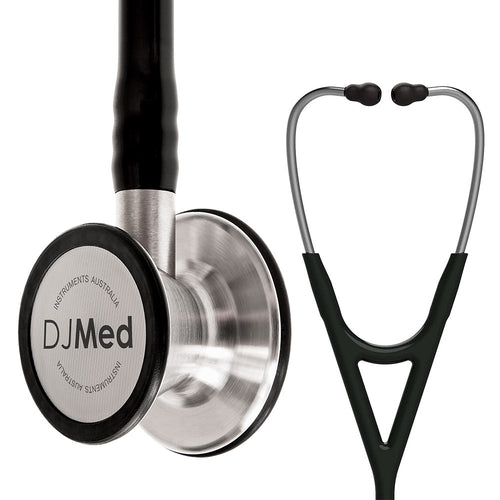
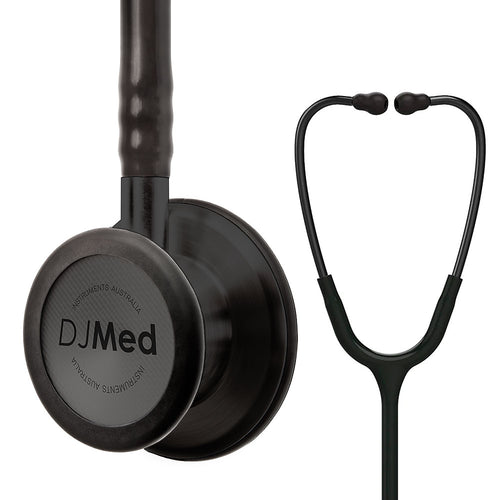
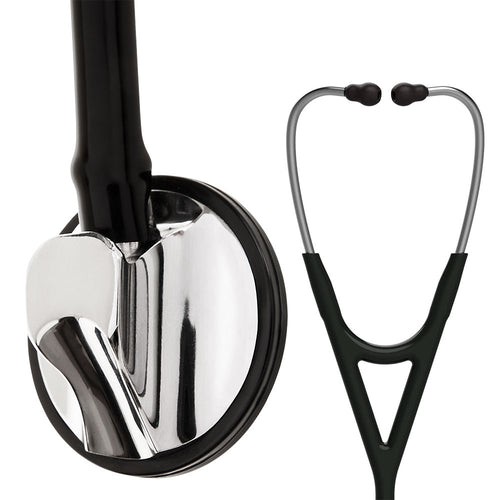
How to Choose the Right Stethoscope
With so many stethoscopes on the market, it’s important to know what matters most when selecting one. Here’s a guide:
A. Acoustic Quality
- High-quality diaphragms deliver clearer sound
- Dual-lumen tubing minimises background noise
- Avoid cheap plastic models that dampen sound
B. Comfort & Fit
- Soft-sealing eartips improve acoustic seal
- Lightweight models reduce neck strain
- Adjustable headset tension helps customise fit
C. Intended Use
- Nurses: Choose lightweight, basic acoustic models
- General practitioners: Look for dual-head chestpieces
- Emergency clinicians: Prefer stethoscopes with ambient noise reduction
- Students: Should opt for durable, cost-effective models with warranty
D. Budget
You don't need the most expensive unit to perform excellent assessments. Price should align with your current clinical level and workplace setting.
Common Questions About Stethoscopes
Where can I buy stethoscope online?
Many Australian suppliers like medical wholesalers, university bookstores, or online health retailers offer stethoscopes with home delivery and warranty coverage.
Where to buy stethoscope near me?
Check with your nearest pharmacy, medical equipment shop, or healthcare uniform provider. Some allow in-store fitting and demonstrations.
Do I need a stethoscope as a student?
Yes—most nursing and medical students are required to bring their own stethoscope to labs and placements. Choose a mid-range model with quality acoustic performance and durability.
Are stethoscopes covered by professional development funding?
In some workplaces, yes. Nurses, paramedics, and allied health staff may claim stethoscopes as part of uniform or tools of trade under CPD allowances.
Stethoscope Buying Checklist
Here’s a quick pre-purchase checklist:
✅ High acoustic sensitivity
✅ Comfortable eartips
✅ Replaceable parts (eartips, diaphragm)
✅ Warranty coverage
✅ Local support or easy returns
✅ Correct size for intended patient group (adult, paediatric)
Conclusion
A stethoscope is more than just a tool—it’s a key part of every clinical encounter. From assessing chest sounds to measuring blood pressure, this device supports efficient, accurate, and compassionate care.
Whether you’re just starting in healthcare or upgrading your existing equipment, choosing the right stethoscope ensures lasting comfort, diagnostic reliability, and patient trust.
Looking to buy a quality stethoscope without overpaying?
Explore our curated range of trusted stethoscope models ideal for students, nurses, and practitioners designed for accuracy and everyday comfort.
📞 Call 1300 615 193 or order online at our website.
A stethoscope is a core diagnostic tool for accurate heart, lung, and blood pressure assessment across clinical, educational, and emergency settings. This collection includes reliable, comfortable stethoscopes designed for clear acoustics, daily use, and professional confidence—ideal for students and healthcare professionals alike.
What this collection includes:
• Classic acoustic stethoscopes for everyday clinical assessments
• Dual-head stethoscopes for high and low frequency auscultation
• Cardiology stethoscopes for enhanced acoustic sensitivity
• Lightweight stethoscopes for nursing and student use
• Adult and paediatric stethoscope options
• Durable models with replaceable eartips and diaphragms
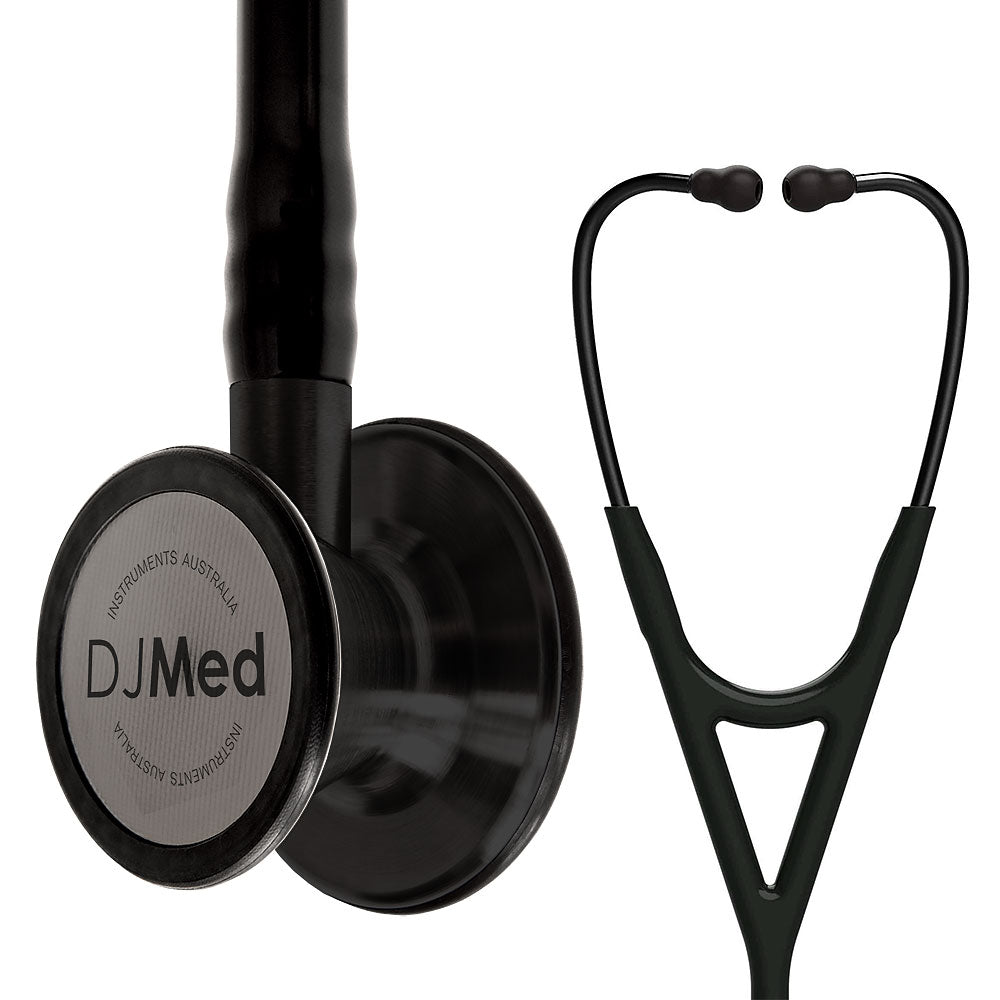
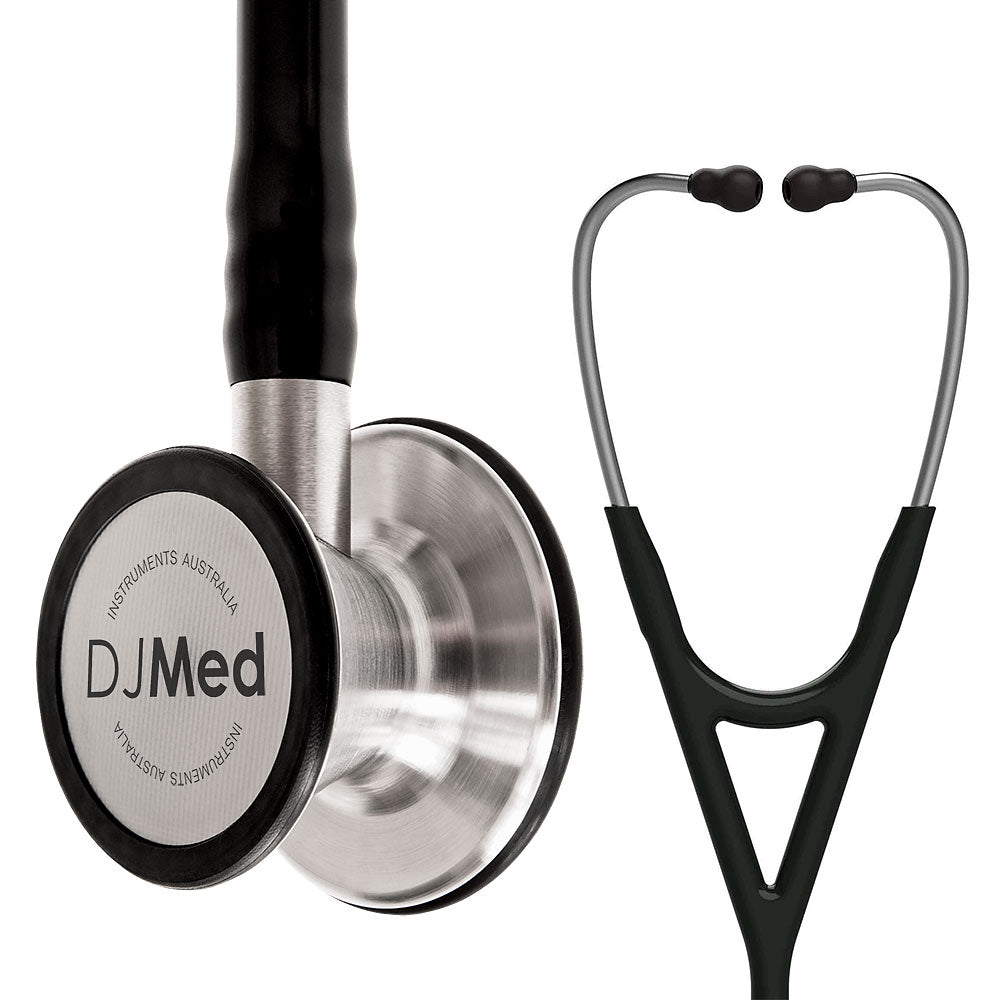
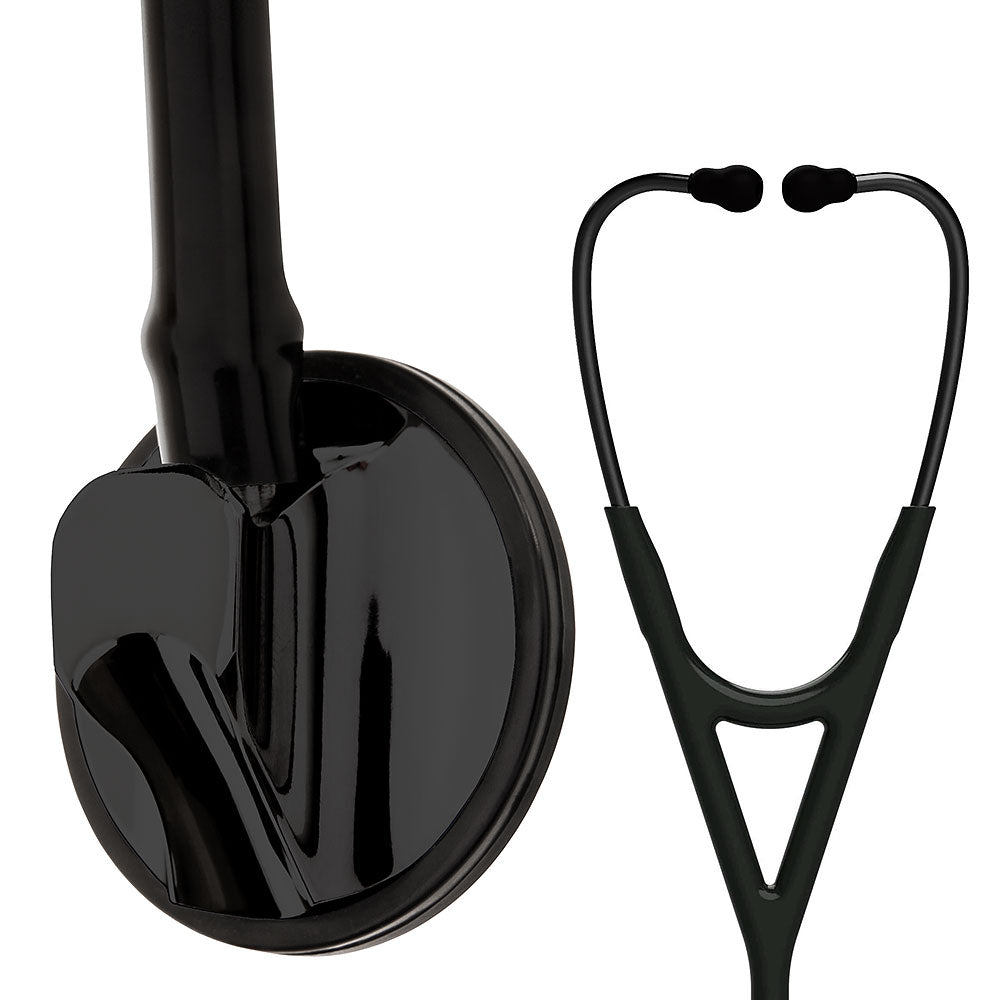
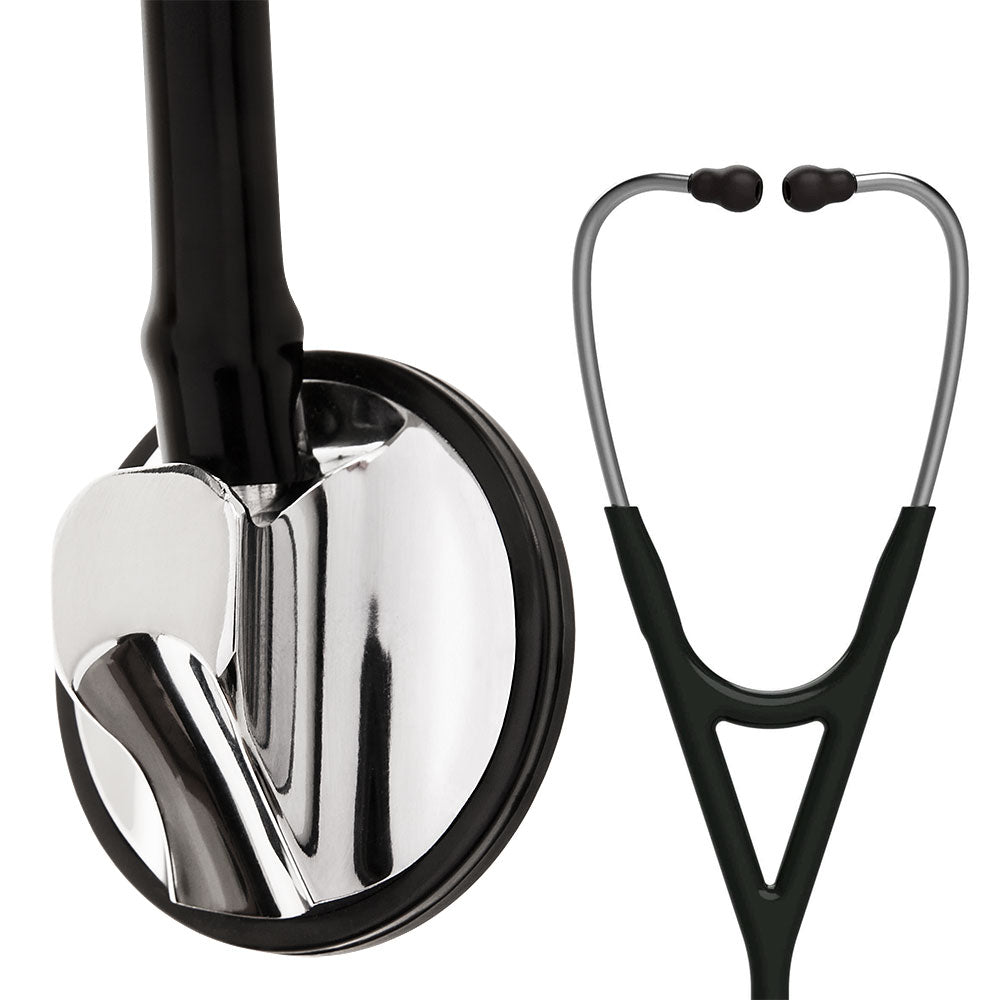
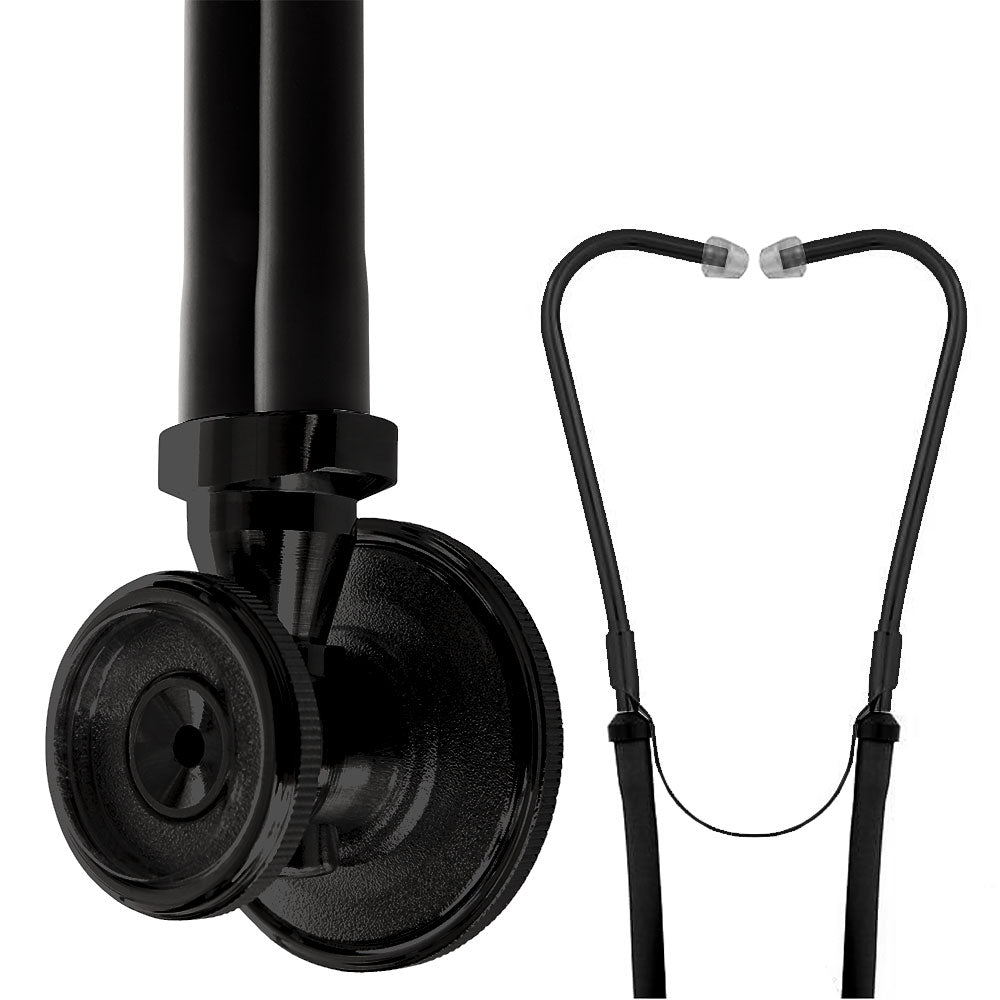
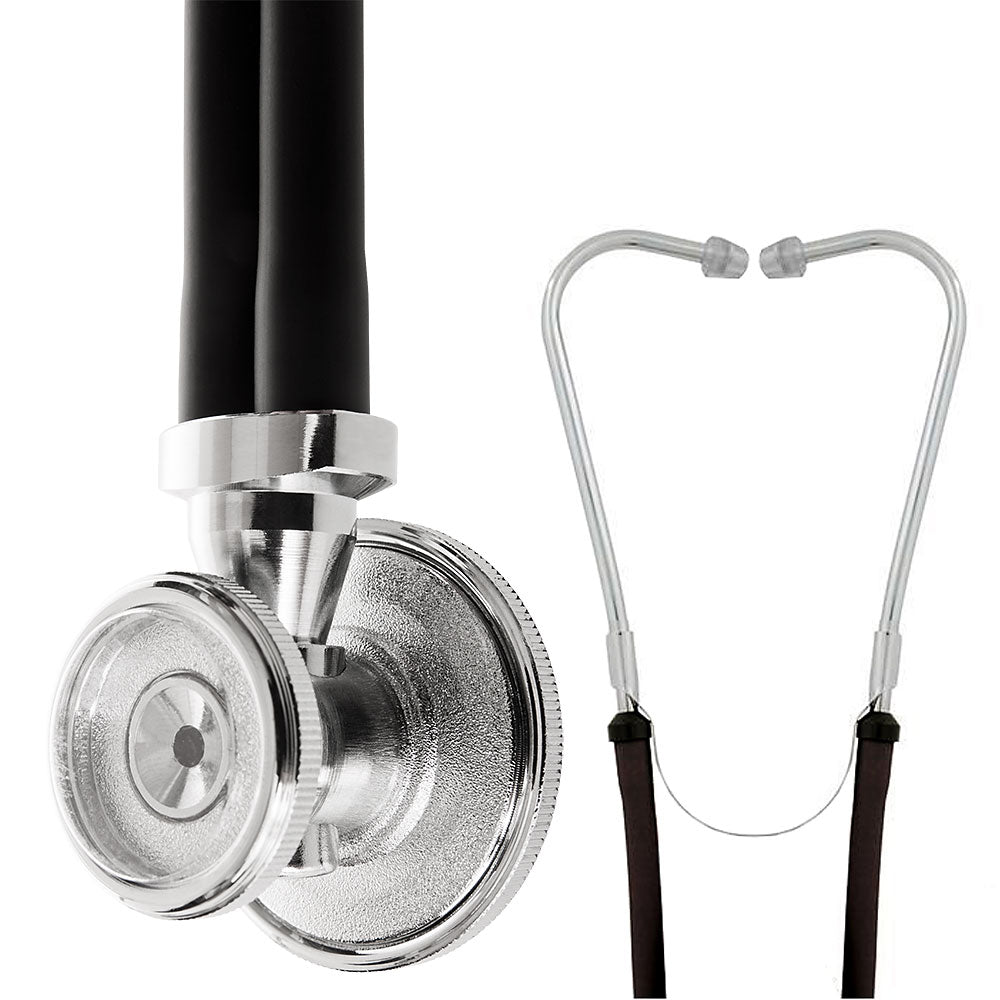
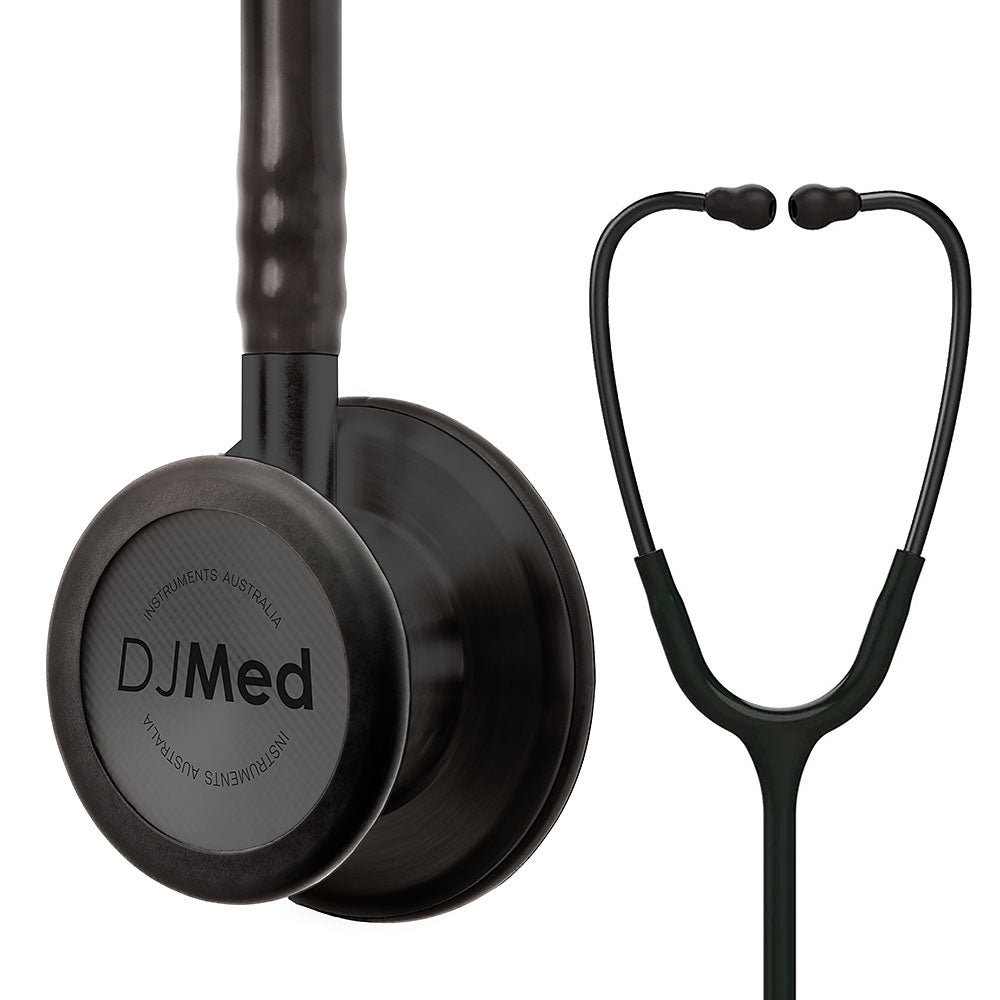
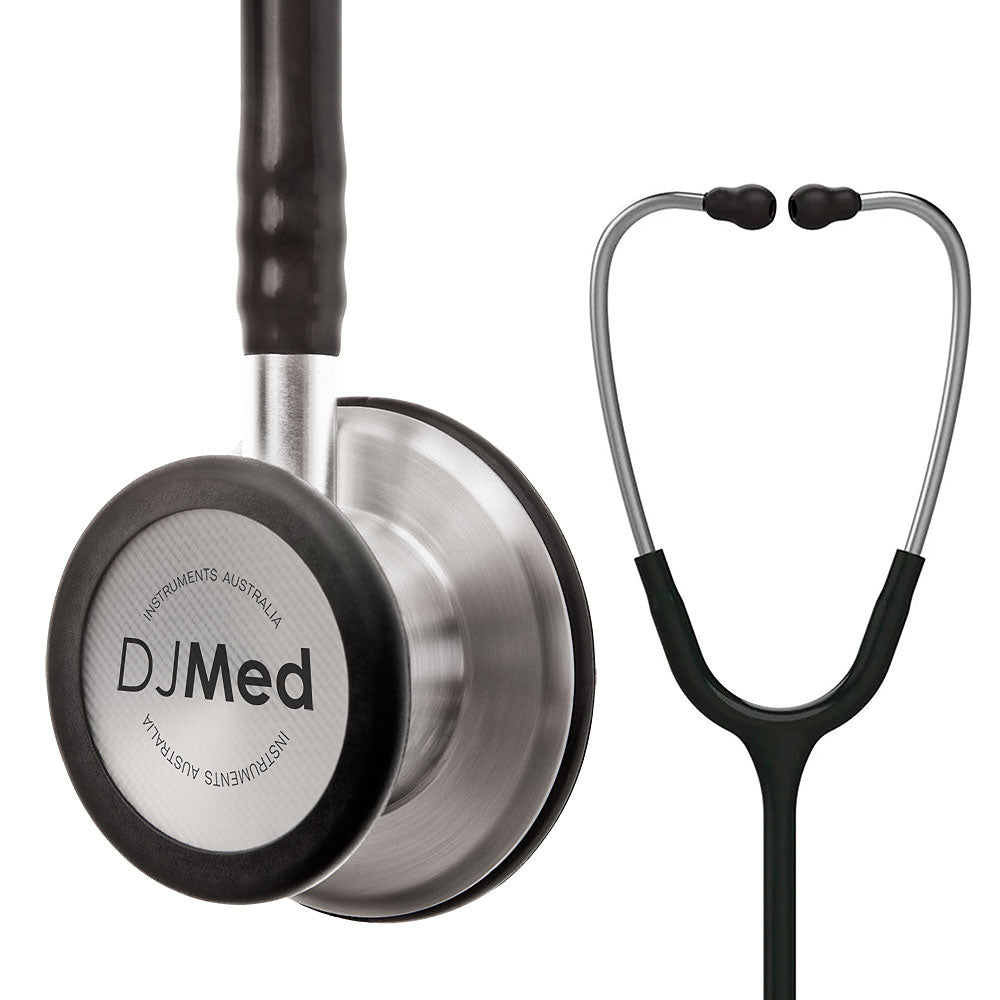
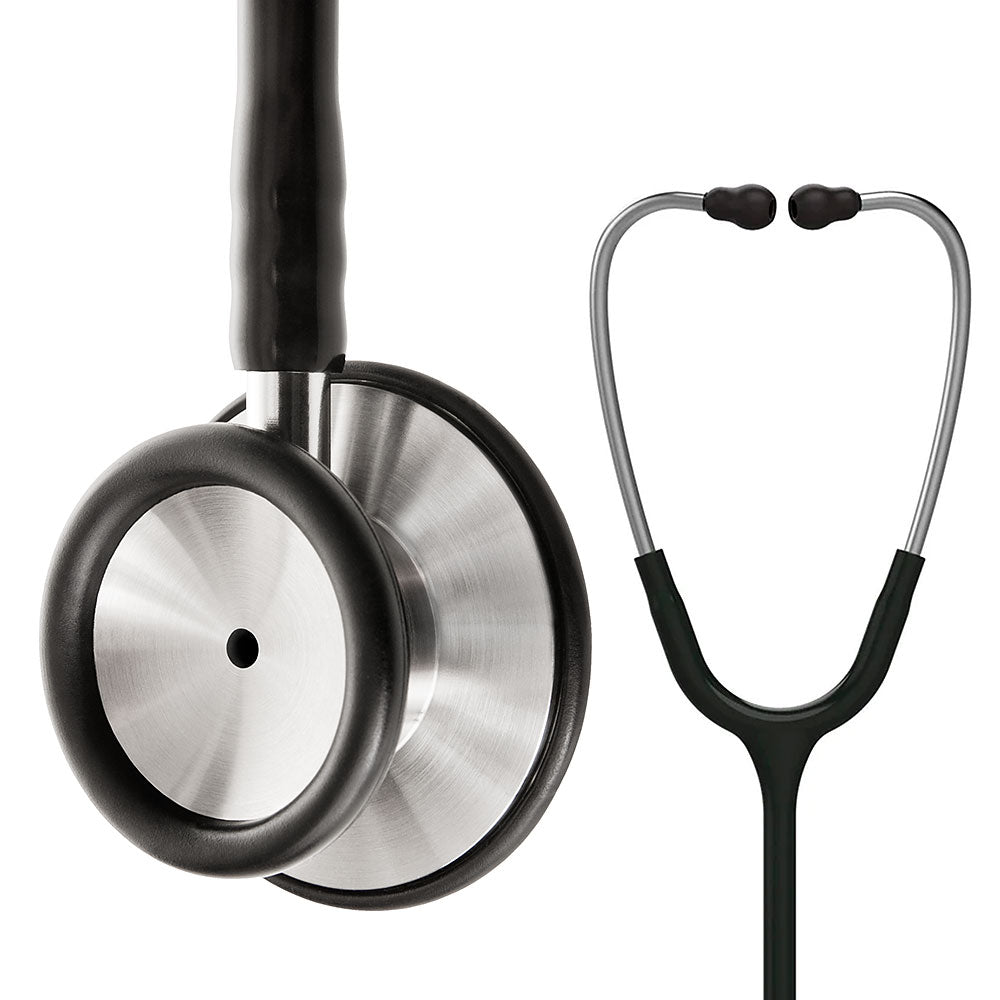

Recently viewed
FAQs
A classic or dual-head acoustic stethoscope is ideal for nurses and students, offering clear sound, comfort, and affordability.
Cardiology stethoscopes provide superior sound clarity for faint heart and lung sounds, while classic models suit general assessments.
With proper care, a quality stethoscope can last 5–10 years. Replace eartips and diaphragms as needed for best performance.
Stethoscopes are available from medical suppliers, pharmacies, uniform stores, and online healthcare retailers Australia-wide.
